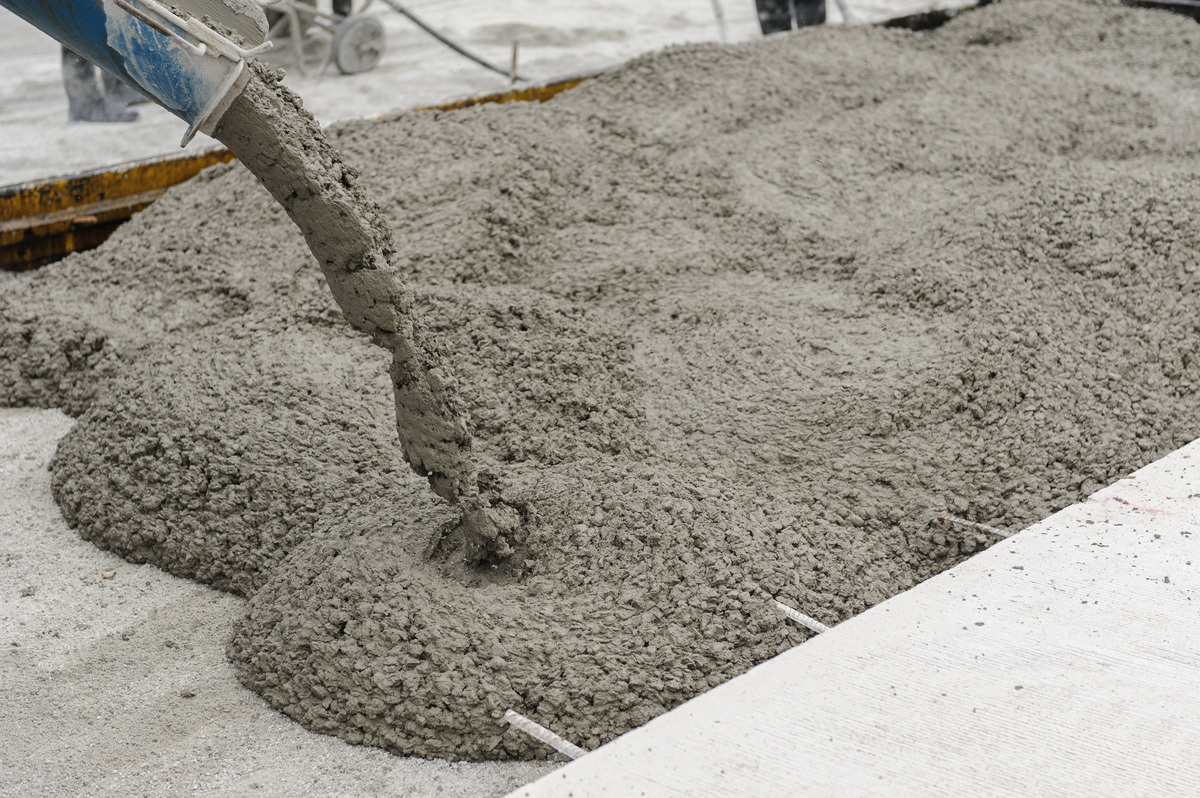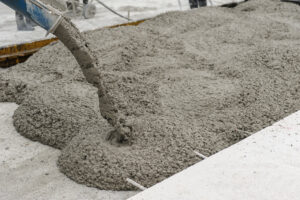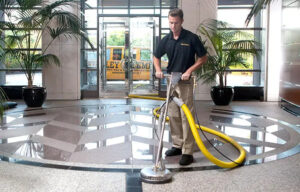Pool Plaster | A Complete Guide to Maintaining the Foundation of Your Swimming Pool
Swimming pools are a major feature in many residential and commercial properties, offering leisure, fitness, and aesthetic appeal. But beneath the sparkling surface and behind the attractive tile and coping lies one of the most critical structural and cosmetic components of a pool: the pool plaster. This plaster finish not only provides a smooth, watertight layer over the pool shell but also plays a central role in defining the overall appearance of the pool. Over time, however, pool plaster can degrade due to age, chemical imbalance, or environmental conditions, making maintenance and repair essential.
This comprehensive article will guide you through everything you need to know about pool plaster—what it is, how it works, the types available, common issues, repair options, and maintenance tips to ensure your pool remains beautiful and functional for years to come.
What Is Pool Plaster?
Pool plaster is the final layer applied to the interior surface of a concrete or gunite pool. Typically made from a mix of white cement, sand, and water, this coating forms a smooth and waterproof barrier between the rough pool shell and the water. It serves three essential purposes:
- Waterproofing: It seals the concrete shell, preventing leaks and water absorption.
- Aesthetic Appeal: The plaster finish provides color, smoothness, and visual depth to the pool.
- Safety and Comfort: A properly finished surface ensures a safe, non-abrasive environment for swimmers.
While the traditional white plaster is the most recognized, there are numerous variants available today that offer greater durability and style options.
Types of Pool Plaster Finishes
There are several types of pool plaster finishes available, each with unique properties, price points, and visual characteristics. Choosing the right one depends on your preferences, budget, and maintenance expectations.
Standard White Plaster
This is the most common and economical option. It delivers a clean, classic look and is often used in both residential and commercial pools. However, it is more prone to staining, scaling, and etching if not properly maintained.
Colored Plaster
By adding pigments to the plaster mix, homeowners can achieve blue, gray, green, or other colored finishes. These enhance the water’s visual appeal but may show mottling or color variation over time.
Quartz Aggregate Plaster
Quartz finishes combine white cement with crushed quartz and pigments. This type is more durable than standard plaster and offers increased resistance to etching and discoloration. It has a speckled appearance that adds depth and sparkle to the water.
Pebble Finish Plaster
Made by mixing pebble aggregates into the plaster, this finish creates a textured surface that is highly durable and stain-resistant. It comes in various colors and patterns and can last 15–25 years with proper care.
Polished Aggregate Plaster
This option includes marble or glass beads polished to a smooth finish. It offers luxury aesthetics, high durability, and a shiny, elegant look. Though more expensive, it’s ideal for those seeking premium design.
Common Pool Plaster Issues
Even with regular care, pool plaster repair will eventually show signs of wear. Recognising the symptoms of plaster degradation enables timely repair or resurfacing.
Cracking
Hairline cracks may form due to ground movement, improper application, or aging. While some cracks are cosmetic, others may lead to leaks or structural damage.
Discoloration
Stains from metals, organic materials, or algae can discolor plaster surfaces. Improper pH balance and chemical levels can exacerbate this problem.
Etching and Pitting
Low calcium levels or low pH water can cause plaster to deteriorate, leading to rough, uneven surfaces known as etching or pitting. This affects both appearance and comfort.
Spalling or Flaking
Flaking plaster, often seen in older pools, indicates that the plaster is separating from the concrete shell. This is typically due to poor bonding or water chemistry issues.
Delamination
This occurs when a layer of plaster separates from the underlying surface, often creating hollow-sounding spots when tapped. It can lead to chunks of plaster falling off and should be addressed immediately.
When to Repair or Resurface Pool Plaster
Most pool plaster finishes last between 7 to 15 years, depending on the type, quality of installation, and maintenance routine. Here’s how to know when it’s time to act:
- Minor Stains and Cracks: If these are superficial, spot treatments such as acid washing, patching, or sanding may suffice.
- Rough Texture: When the surface becomes uncomfortable to touch, it may be time to resurface the plaster.
- Large Cracks or Delamination: These require professional evaluation and may necessitate full resurfacing to prevent leaks.
- Persistent Staining: Deep stains that can’t be removed with cleaning may warrant a new plaster finish for visual improvement.
Pool Plaster Repair Methods
There are several ways to repair or restore pool plaster, each with varying levels of complexity and cost:
Patching
For localized cracks or chips, pool professionals can patch the area using matching plaster material. This is a quick fix but may not blend perfectly with the surrounding surface.
Acid Washing
This involves using a diluted acid solution to remove surface stains and algae. It can improve appearance but also slightly erodes the plaster, so it’s best used sparingly.
Sanding or Smoothing
Rough areas caused by etching can sometimes be smoothed with specialized sanding equipment, restoring comfort and improving aesthetics.
Complete Resurfacing
When plaster degradation is widespread, resurfacing is the best solution. This involves draining the pool, removing old plaster, and applying a fresh coat of the chosen finish. It revitalizes the entire pool and ensures a uniform, watertight surface.
Cost of Pool Plastering
Pool plastering costs vary depending on pool size, location, finish type, and condition of the existing surface:
- Standard White Plaster: £3,000–£5,000 ($3,500–$6,000) for an average-sized residential pool.
- Quartz Finish: £5,000–£8,000 ($6,000–$9,000)
- Pebble or Polished Finish: £7,000–£12,000+ ($8,000–$14,000+)
These estimates include preparation, material, labor, and cleanup. Always request a detailed quote and ensure the contractor is experienced in pool resurfacing.
How to Maintain Pool Plaster
Proper maintenance can extend the life of your pool plaster and delay the need for resurfacing:
Balance Water Chemistry
Maintain appropriate pH (7.4–7.6), calcium hardness (200–400 ppm), and alkalinity (80–120 ppm) to prevent etching or scaling.
Brush the Walls Weekly
Brushing the plaster surface helps prevent algae buildup and reduces surface staining.
Monitor for Stains
Address stains promptly using stain removers or professional cleaning to prevent permanent discoloration.
Maintain Water Levels
Keep water levels consistent to avoid exposing plaster to air, which can dry and crack the finish.
Use a Pool Cover
A cover reduces UV exposure, debris buildup, and chemical evaporation—all of which can harm plaster over time.
Benefits of High-Quality Pool Plaster
Investing in quality pool plaster and professional installation offers numerous benefits:
- Enhanced Aesthetics: The right plaster finish can dramatically improve the visual appeal of your pool and property.
- Improved Safety: Smooth plaster prevents cuts and abrasions for swimmers.
- Long-Term Durability: High-grade finishes can last 15–25 years with proper care.
- Increased Property Value: A well-maintained pool adds to your home’s curb appeal and market value.
- Better Swimming Experience: Smooth, clean surfaces enhance the comfort and enjoyment of your pool.
Conclusion
Pool plaster is the unsung hero of any concrete or gunite swimming pool. It ensures the structure is waterproof, provides a comfortable surface for swimmers, and contributes to the overall beauty of the pool environment. Over time, exposure to water chemistry, climate, and wear-and-tear will demand professional attention—whether through spot repairs or complete resurfacing.
By understanding the types of plaster, recognizing the signs of damage, and following a proactive maintenance plan, pool owners can ensure their investment remains a source of enjoyment and beauty for decades. When the time comes, entrust your pool plaster project to a qualified specialist who can deliver both functional integrity and stunning visual results.













